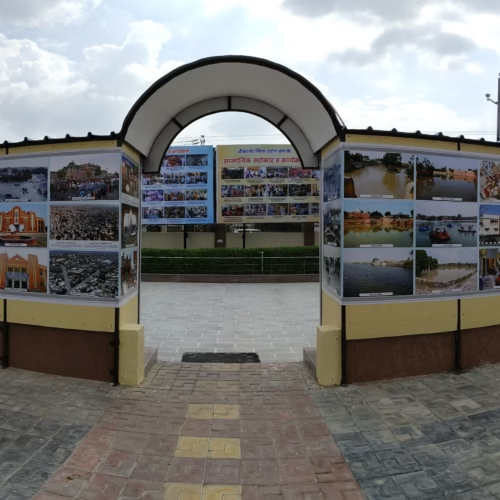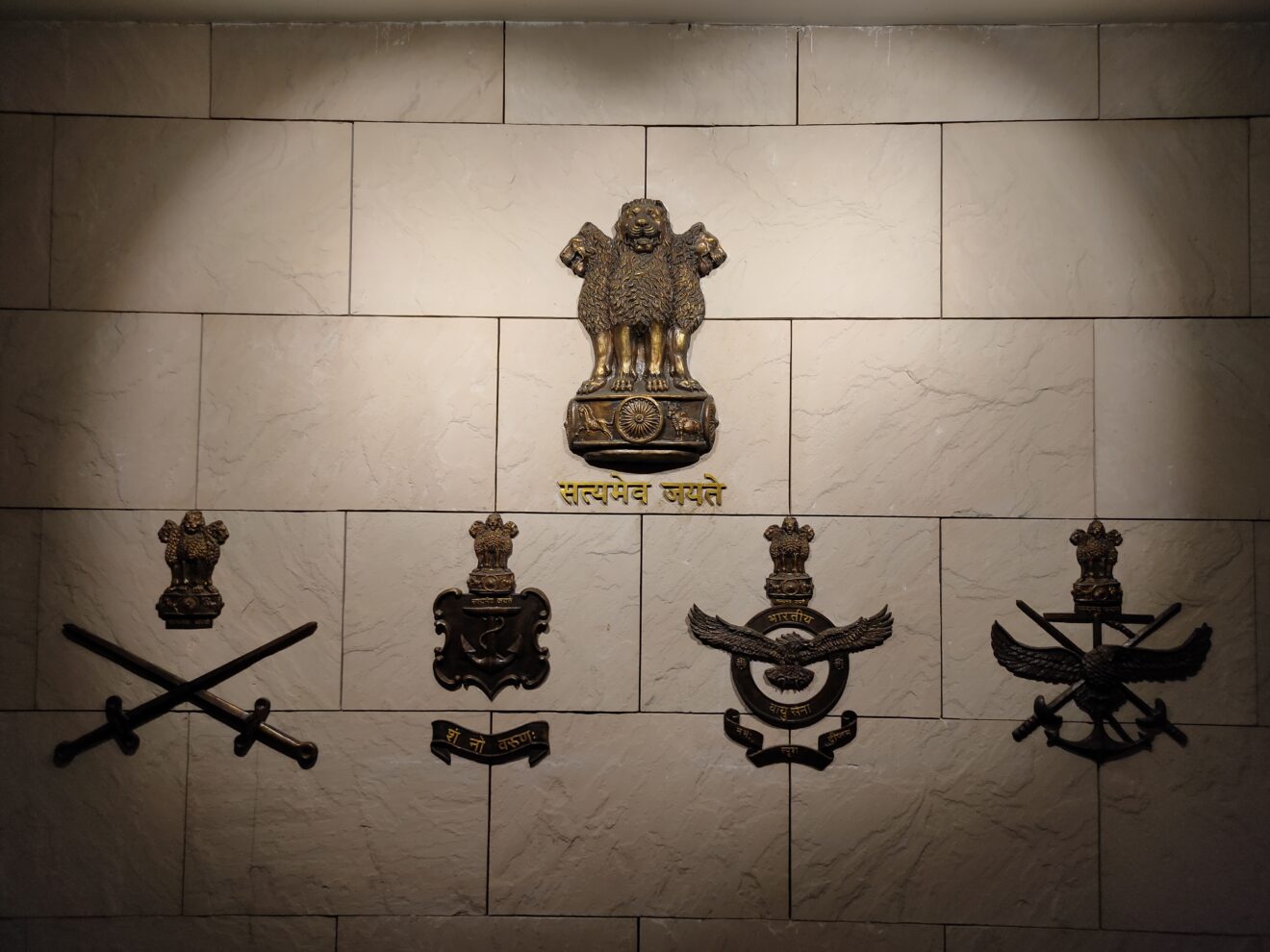BY DEFENCE JOURNALIST SAHIL | T.I.N. NETWORK
Indian Aquanauts Break New Ground: Cdr. Jatinder Pal Singh (Retd) & Scientist Raju Ramesh Undertake Historic 7-Hour Deep Sea Dives Onboard French Nautile
New Delhi/Paris, August 2025 – In a landmark development for India’s deep-sea exploration and maritime research, two Indian aquanauts — Commander Jatinder Pal Singh (Retd) and Senior Scientist Shri Raju Ramesh — successfully completed 7-hour long manned dives into the deep ocean using the legendary French Nautile submersible, widely regarded as one of the most advanced deep-sea exploration crafts in the world.
This historic endeavour was part of Indo-French collaboration in the field of oceanography, seabed mineral exploration, and marine research, adding a new chapter in India’s maritime and strategic journey.
A Journey into the Abyss
The dives took place off the French coast where the Nautile, operated by IFREMER (French Research Institute for Exploitation of the Sea), has been deployed for decades to study deep-ocean environments, including famous missions to the Titanic wreck site.
For seven continuous hours, the Indian aquanauts experienced extreme conditions of darkness, pressure and isolation — descending thousands of meters below sea level into one of the most hostile environments known to mankind. The dive simulated real-world operational challenges that will soon become central to India’s Deep Ocean Mission (DOM) under the Ministry of Earth Sciences.
Commander Jatinder Pal Singh, a decorated Indian Navy veteran with years of diving and submarine expertise, described the mission as “a defining experience that bridges science and strategic capability”. Scientist Raju Ramesh, who has been spearheading India’s deep-sea resource exploration projects, called it “a moment of pride not only for Indian science but also for Atmanirbhar Bharat’s vision of ocean exploration”.
Indo-French Maritime Synergy
The mission highlights the expanding horizon of Indo-French cooperation, which has traditionally revolved around aerospace (Rafale jets, satellites) and nuclear energy, but now extends into the underexplored blue frontier — the ocean depths.
Nautile’s deep-sea endurance was matched by Indian capability, showcasing that India is rapidly preparing its own manned submersible – ‘Matsya 6000’, designed to dive up to 6,000 meters below sea level. The presence of Indian aquanauts onboard Nautile was a confidence-building measure, ensuring that when Matsya 6000 is fully commissioned, India will not only have the technology but also trained professionals ready for such missions.
Strategic and Scientific Significance
For India, this mission has both strategic and scientific dimensions:
- Seabed Mining & Resources: India is exploring polymetallic nodules in the Central Indian Ocean Basin, containing cobalt, nickel, copper and rare earths critical for the green energy transition.
- Defence Preparedness: Deep-sea exploration directly feeds into understanding submarine warfare, seabed surveillance, and laying of secure communication cables.
- Climate & Marine Science: Studying deep ocean ecosystems helps predict climate patterns, protect biodiversity, and strengthen India’s environmental leadership.
By sending its experts on Nautile dives, India demonstrated that it is no longer a latecomer but an active front-runner in the global race for the oceans.
Voices of Pride
Speaking after the dives, Cdr. Singh noted:
“The silence and darkness of the deep ocean is both humbling and empowering. It teaches us resilience, teamwork and the endless curiosity of the human spirit.”
Scientist Raju Ramesh added:
“This journey has reinforced India’s commitment to responsible deep-sea exploration. Our oceans hold treasures of knowledge, and India is ready to unlock them.”
Looking Ahead: Matsya 6000 & India’s Blue Revolution
The next milestone will be India’s own Matsya 6000 submersible trials in the Indian Ocean later this year. With Cdr. Singh and Shri Ramesh gaining firsthand operational experience in the Nautile, India’s readiness has reached a new level.
This joint Indo-French moment is not just a symbolic dive — it is a deep plunge into the future of maritime strategy, science, and sovereignty.
BY DEFENCE JOURNALIST SAHIL | T.I.N. NETWORK
भारतीय एक्वानॉट्स का ऐतिहासिक कारनामा: कमांडर जतिंदर पाल सिंह (सेवानिवृत्त) और वरिष्ठ वैज्ञानिक राजू रमेश ने फ्रेंच ‘नोटिल’ से की 7 घंटे लंबी गहरी समुद्री डुबकी
नई दिल्ली/पेरिस, अगस्त 2025 – भारत के समुद्री अनुसंधान और गहरे समुद्र में मानवयुक्त अन्वेषण की दिशा में एक नया इतिहास रचा गया है। भारतीय नौसेना के सेवानिवृत्त अधिकारी कमांडर जतिंदर पाल सिंह और वरिष्ठ वैज्ञानिक श्री राजू रमेश ने हाल ही में फ्रांस की प्रसिद्ध ‘नोटिल’ (Nautile) पनडुब्बी से 7 घंटे लंबी गहरी समुद्री डुबकी पूरी की।
यह अभियान भारत और फ्रांस के बीच समुद्र विज्ञान, समुद्र तल खनन और समुद्री संसाधन अनुसंधान में बढ़ते सहयोग का सशक्त उदाहरण है।
गहराइयों का अद्भुत सफर
फ्रांस के तट से गहरे समुद्र में यह डुबकी तब हुई जब नोटिल को समुद्र विज्ञान संस्थान इफ्रेमर (IFREMER) ने संचालित किया। इसी पनडुब्बी ने अतीत में टाइटैनिक जहाज के मलबे तक भी अभियान चलाए थे।
सात घंटे लगातार भारतीय एक्वानॉट्स अंधेरे, अत्यधिक दबाव और एकाकीपन वाले समुद्री वातावरण में रहे। यह अनुभव भारत के ‘डीप ओशन मिशन’ (DOM) की आगामी चुनौतियों की सीधी झलक था।
कमांडर सिंह ने कहा कि यह अनुभव “विज्ञान और रणनीतिक क्षमता को जोड़ने वाला एक निर्णायक क्षण है”। वहीं वैज्ञानिक राजू रमेश ने इसे “भारतीय विज्ञान और आत्मनिर्भर भारत के समुद्री दृष्टिकोण का गौरवपूर्ण क्षण” बताया।
भारत-फ्रांस का महासागरीय सहयोग
जहां अब तक भारत-फ्रांस सहयोग अंतरिक्ष, रक्षा और परमाणु ऊर्जा तक सीमित रहा, वहीं अब यह महासागरों की गहराइयों तक विस्तार पा रहा है।
भारत अपना खुद का मानवयुक्त पनडुब्बी अभियान ‘मत्स्य 6000’ तैयार कर रहा है, जो 6000 मीटर गहराई तक उतर सकेगी। नोटिल में भारतीय एक्वानॉट्स की भागीदारी ने इस परियोजना की तैयारी को मजबूती दी है।
सामरिक और वैज्ञानिक महत्व
इस मिशन से भारत को दोहरी मजबूती मिली है –
- समुद्र तल खनिज खोज: कोबाल्ट, निकल, तांबा और दुर्लभ धातुओं वाले ‘पॉलिमेटालिक नोड्यूल्स’ भारत के भविष्य के ऊर्जा परिवर्तन में अहम साबित होंगे।
- रक्षा और सुरक्षा: गहरे समुद्र की समझ, पनडुब्बी युद्ध और सुरक्षित समुद्री संचार नेटवर्क के लिए अहम है।
- जलवायु और पारिस्थितिकी: गहरे समुद्री पारिस्थितिकी तंत्र का अध्ययन जलवायु विज्ञान और जैव विविधता संरक्षण को दिशा देगा।
भारतीयों की आवाज़
डुबकी के बाद कमांडर सिंह ने कहा –
“समुद्र की गहराइयों का सन्नाटा और अंधेरा हमें विनम्र भी करता है और सशक्त भी। यह हमें टीमवर्क और मानवीय जिज्ञासा की ताकत सिखाता है।”
वरिष्ठ वैज्ञानिक रमेश बोले –
“यह यात्रा भारत की जिम्मेदार समुद्री खोज के संकल्प को और मजबूत करती है। महासागर ज्ञान का खजाना हैं और भारत उसे खोलने के लिए तैयार है।”
आगे की राह – मत्स्य 6000
भारत का अगला मील का पत्थर होगा – मत्स्य 6000 का ट्रायल, जो हिंद महासागर में जल्द शुरू होगा। नोटिल पर अनुभव लेने के बाद भारतीय एक्वानॉट्स अब इस बड़ी छलांग के लिए पूरी तरह तैयार हैं।
यह केवल एक डुबकी नहीं, बल्कि भारत की समुद्री संप्रभुता और भविष्य की सामरिक दृष्टि की ओर बढ़ता हुआ कदम है।












Add Comment